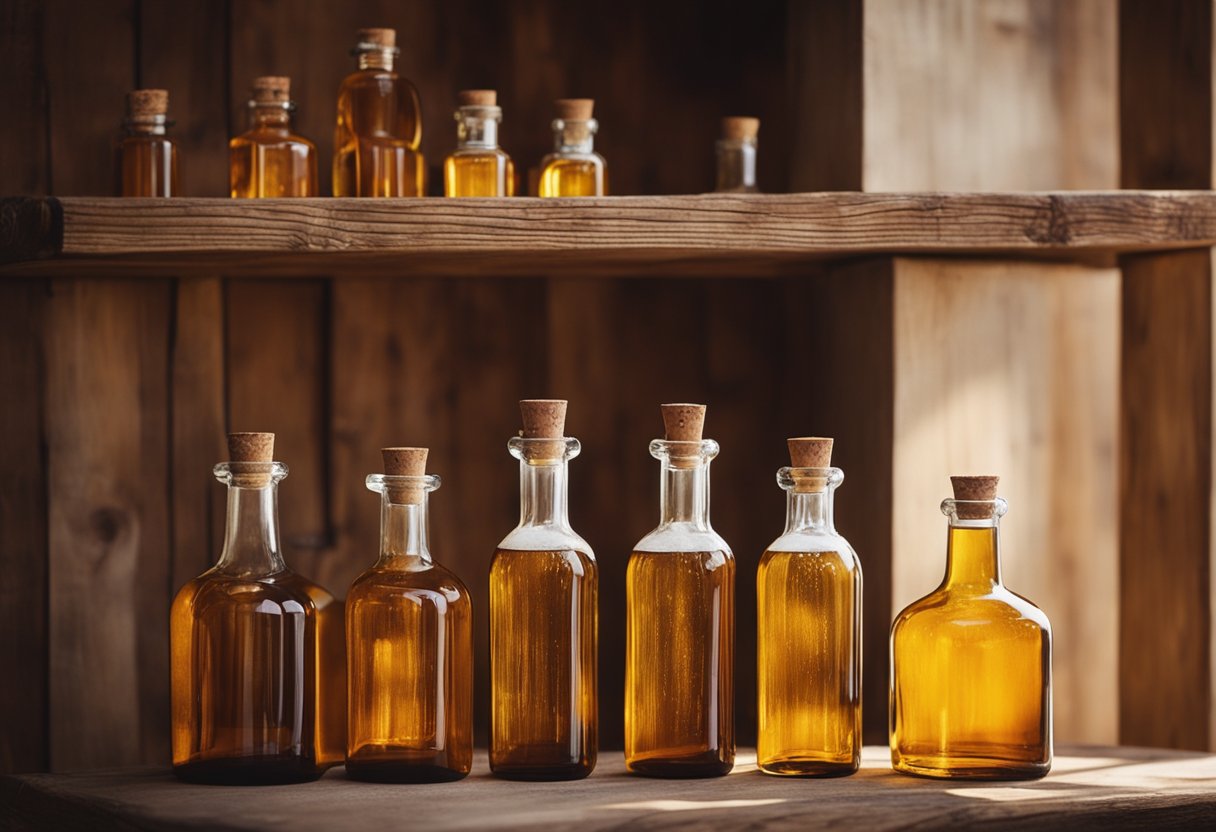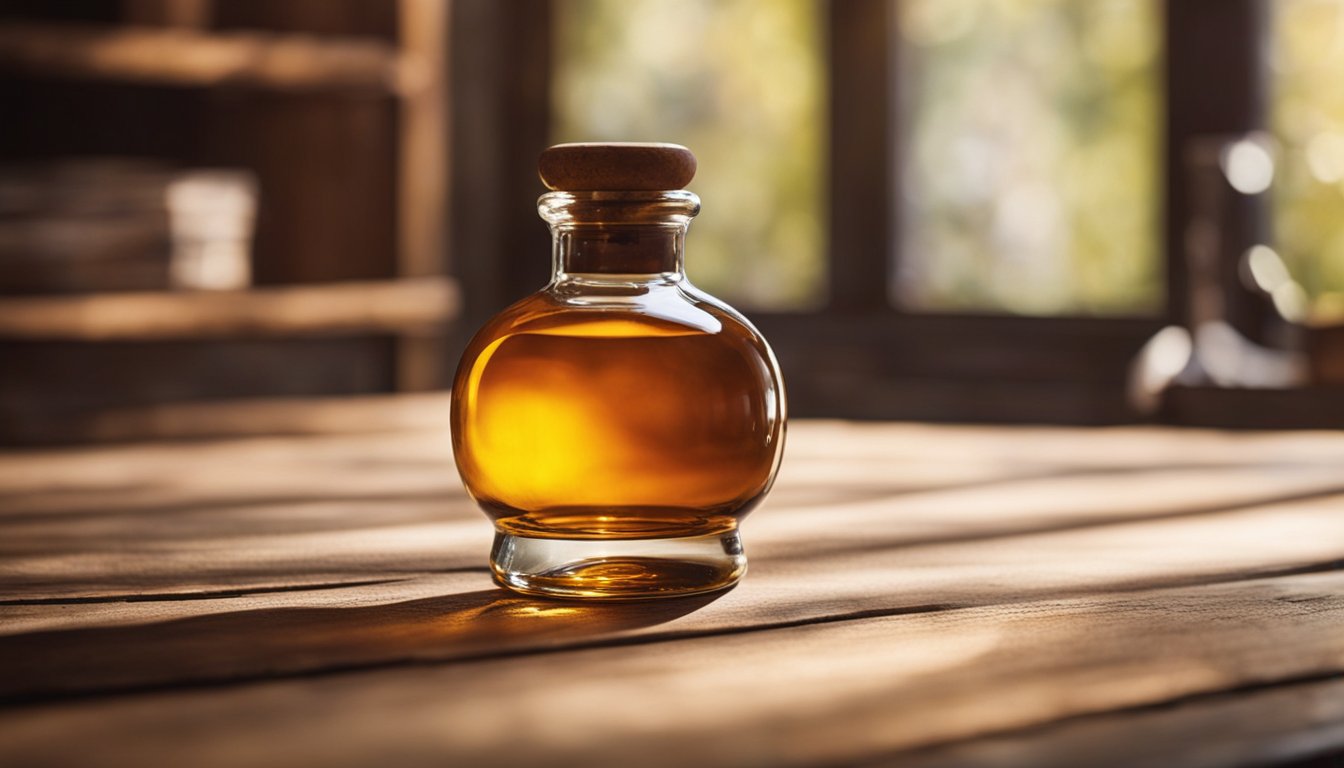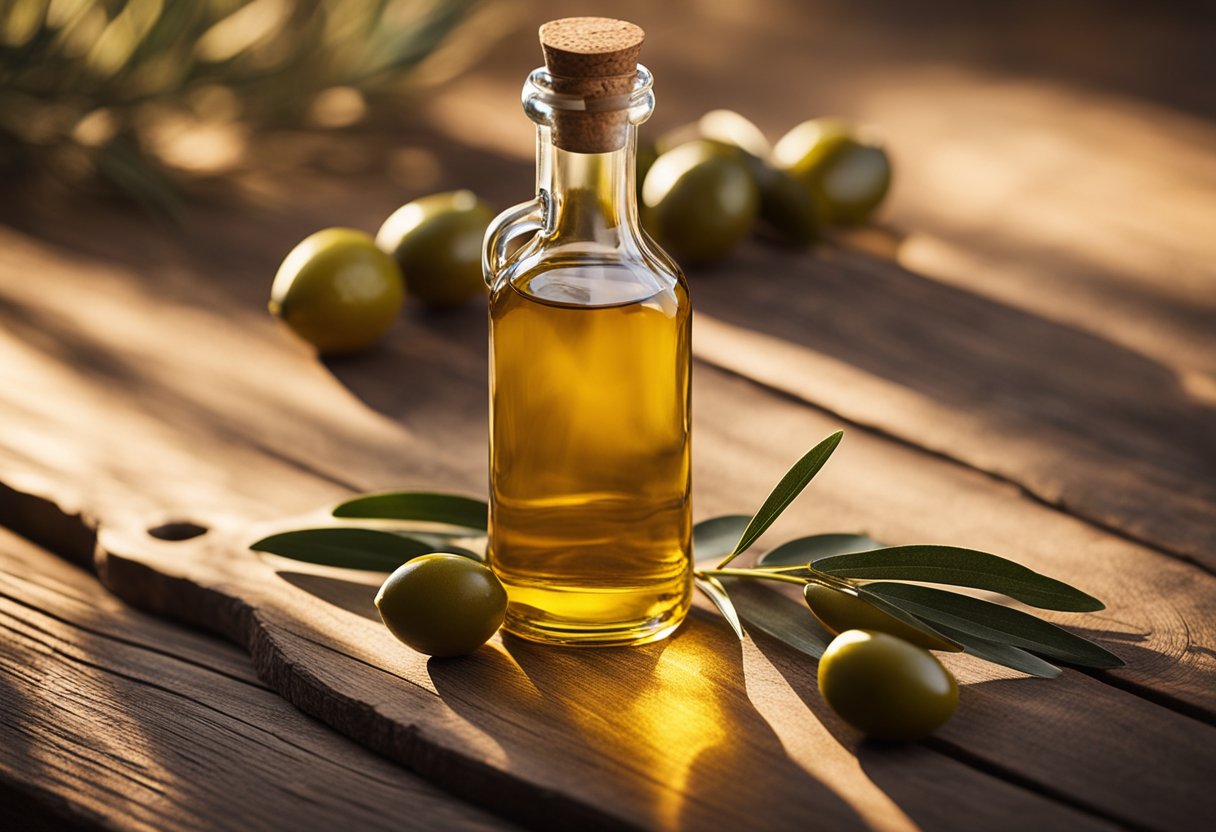If you’re a fan of cooking with olive oil, you know how important it is to have the right container for storage and pouring. One popular option is a clear olive oil bottle, which not only looks sleek and modern but also allows you to see exactly how much oil is left. These bottles are available in a variety of sizes, shapes, and materials, so you can choose one that fits your kitchen decor and your personal preferences.

Clear olive oil bottles are typically made of glass or plastic, with glass being the more popular choice due to its durability and ability to preserve the flavor of the oil. Some bottles come with a spout or pourer attached to the top, while others require you to purchase a separate pourer. You can also find bottles with different types of lids, such as cork, plastic, or metal, depending on your needs. When choosing a clear olive oil bottle, consider factors such as size, ease of use, and cleaning requirements.
Design and Materials

When it comes to clear olive oil bottles, the design and materials play a crucial role in both the aesthetic appeal and functionality of the product. In this section, we will discuss the different aspects of design and materials that you should consider when choosing a clear olive oil bottle.
Bottle Shape
The shape of the clear olive oil bottle can greatly affect its functionality and aesthetic appeal. Some of the most common shapes include cylindrical, square, and rectangular. Cylindrical bottles are a classic choice that offers a timeless look. Square and rectangular bottles, on the other hand, are more modern and offer a sleek, contemporary look.
The shape of the bottle can also affect its functionality. For example, a cylindrical bottle may be more difficult to pour from, while a square or rectangular bottle may be easier to grip and pour.
Material Types
Clear olive oil bottles can be made from a variety of materials, each with its own unique characteristics. The most common materials include glass, plastic, and stainless steel.
Glass is a popular choice for clear olive oil bottles due to its durability, non-reactivity with the oil, and ability to preserve the oil’s flavor and quality. Plastic bottles are lightweight and shatterproof, making them a practical choice for outdoor use or travel. Stainless steel bottles offer a sleek, modern look and are highly durable.
Labeling and Branding
Clear olive oil bottles can be labeled and branded in a variety of ways. Some bottles may come with pre-printed labels, while others may have space for custom labeling. Some bottles may also be branded with a company logo or other branding elements.
When choosing a clear olive oil bottle, consider whether you want a pre-labeled bottle or one that can be customized. Custom labeling can be a great way to add a personal touch and make the bottle stand out. However, pre-labeled bottles may be more convenient and cost-effective.
Overall, the design and materials of a clear olive oil bottle can greatly affect its functionality and aesthetic appeal. Consider the bottle shape, material type, and labeling and branding options when choosing a bottle that meets your needs and preferences.
Manufacturing Process

When it comes to producing clear olive oil bottles, there are two main steps involved in the manufacturing process: Olive Oil Bottling and Quality Control.
Olive Oil Bottling
The first step in the manufacturing process of clear olive oil bottles is to fill them with olive oil. The oil is usually stored in large containers, and then transferred to the bottling facility. At the facility, the oil is poured into the bottles using a filling machine. The machine is designed to fill the bottles with a specific amount of oil, ensuring that each bottle contains the same amount.
Once the bottles are filled, they are sealed with a cap or cork. The caps or corks are designed to prevent the oil from leaking or spilling out of the bottle. The bottles are then labeled with the necessary information, such as the brand name, type of oil, and date of bottling.
Quality Control
Quality control is an essential part of the manufacturing process of clear olive oil bottles. The quality control team ensures that the bottles are free from defects and meet the necessary quality standards. The team checks the bottles for any cracks, chips, or scratches that may affect the quality of the oil.
The team also checks the oil for any impurities or defects. The oil is tested for acidity, peroxide value, and other quality parameters to ensure that it meets the necessary standards. If the oil does not meet the required standards, it is rejected and not bottled.
The manufacturing process of clear olive oil bottles involves two main steps: Olive Oil Bottling and Quality Control. The process ensures that the bottles are filled with high-quality oil and meet the necessary quality standards.
Usage and Storage

When it comes to using and storing clear olive oil, there are a few important things to keep in mind. In this section, we’ll discuss pouring techniques, preservation, and shelf life.
Pouring Techniques
When pouring clear olive oil, it’s important to be mindful of the amount you’re using. A little goes a long way, and using too much can lead to a greasy or overpowering taste. To avoid this, try pouring the oil into a small dish or spoon before adding it to your recipe. This will help you control the amount you’re using and prevent any spills or messes.
Another pouring technique to keep in mind is to avoid shaking the bottle before use. While shaking the bottle may help mix any sediment or particles that have settled at the bottom, it can also introduce air into the oil and cause it to spoil more quickly. Instead, gently tilt the bottle to mix the oil before pouring.
Preservation and Shelf Life
To ensure the longevity of your clear olive oil, it’s important to store it properly. Clear olive oil should be stored in a cool, dark place away from direct sunlight, heat, and moisture. Exposure to these elements can cause the oil to go rancid more quickly.
When storing your clear olive oil, it’s also important to keep the bottle tightly sealed. This will help prevent any air or moisture from getting in and spoiling the oil. If you’re using a larger bottle, consider transferring the oil to a smaller, airtight container to help prolong its shelf life.
Lastly, keep in mind that clear olive oil does have a shelf life. While the exact shelf life can vary depending on the quality of the oil and how it’s stored, most clear olive oils will last for up to two years if stored properly. Check the label for an expiration date or harvest date to ensure that you’re using the freshest oil possible.
Marketing Strategies
When it comes to marketing your clear olive oil bottle, there are a few key strategies that can help you get the best results. Here are some tips to help you reach your target audience and make your packaging stand out.
Target Audience
The first step in any successful marketing campaign is to identify your target audience. Who are the people you want to reach with your clear olive oil bottle? Are they health-conscious consumers who are looking for high-quality, organic products? Or are they foodies who are always on the lookout for new and interesting ingredients to try in their recipes?
Once you have identified your target audience, you can tailor your marketing messages and tactics to appeal to their specific interests and needs. For example, if your target audience is health-conscious consumers, you might focus on the health benefits of olive oil and the fact that your clear bottle allows them to see the quality of the product they are buying.
Packaging Appeal
The packaging of your clear olive oil bottle is another important factor in your marketing strategy. Your packaging should be visually appealing and convey the quality of your product. A clear bottle is a great way to showcase the color and clarity of your olive oil, but you can also add other design elements to make your packaging stand out.
Consider using bold typography, vibrant colors, or unique shapes to make your packaging more eye-catching. You might also include information about the origin of your olive oil, the production process, or the health benefits of the product on the label.
In addition to the design of your packaging, you should also consider the materials you use. Using eco-friendly materials, such as recycled glass or biodegradable plastic, can help you appeal to environmentally conscious consumers.
By focusing on your target audience and creating visually appealing packaging, you can effectively market your clear olive oil bottle and reach more customers.
Environmental Impact
Sustainability Practices
When it comes to sustainability practices, clear olive oil bottles may not be the best option. The manufacturing process of these bottles requires a significant amount of energy and resources, which can contribute to carbon emissions and environmental degradation. Additionally, clear bottles provide less UV protection, which can affect the quality of the olive oil over time.
However, some companies have implemented sustainable practices to reduce their environmental impact. For example, some olive oil producers use recycled materials to manufacture their clear bottles, reducing their reliance on virgin materials. Others use renewable energy sources to power their manufacturing facilities, reducing their carbon footprint.
Recycling and Reusability
Clear olive oil bottles can be recycled, which can help reduce waste and conserve resources. However, not all recycling programs accept glass bottles, and even those that do may not recycle them efficiently. It is important to check with your local recycling program to determine whether they accept glass bottles and what their recycling process entails.
In addition to recycling, clear olive oil bottles can also be reused for a variety of purposes. For example, they can be used as vases, storage containers, or even as decorative pieces. Reusing clear bottles can help extend their lifespan and reduce waste.
Overall, while clear olive oil bottles may not be the most sustainable option, implementing sustainable practices and exploring recycling and reusability options can help reduce their environmental impact.
Frequently Asked Questions
What are the benefits of using a clear olive oil bottle with a lid?
A clear olive oil bottle is a great option for those who want to showcase the beautiful color of their olive oil. Clear bottles also allow you to easily see how much oil is left in the bottle. A lid is essential for keeping the oil fresh and preventing oxidation.
How does the size of the bottle impact the quality of olive oil?
The size of the bottle can impact the quality of olive oil. Smaller bottles are better for those who use olive oil infrequently, as they allow you to use the oil before it goes bad. Larger bottles are better for those who use olive oil frequently, as they are more cost-effective in the long run.
Which features define the best clear olive oil bottles on the market?
The best clear olive oil bottles on the market are made of high-quality glass that is thick and durable. They should also have an airtight lid that seals tightly to prevent oxidation. Look for bottles that are easy to pour and that have a drip-free spout.
What should buyers look for when purchasing clear olive oil bottles wholesale?
Buyers should look for clear olive oil bottles that are made of high-quality glass and that have an airtight lid. They should also consider the size of the bottle and the price per unit. Look for a reputable supplier that offers competitive pricing and fast shipping.
Why is olive oil often stored in dark glass bottles?
Olive oil is often stored in dark glass bottles to protect it from light exposure, which can cause the oil to go rancid. Dark glass bottles offer better protection against light exposure, helping to maintain the quality and freshness of the oil.
How does the material of the olive oil bottle affect the oil’s longevity?
The material of the olive oil bottle can affect the oil’s longevity. Glass is the best material for storing olive oil, as it does not react with the oil and does not contain any harmful chemicals. Plastic bottles should be avoided, as they can leach chemicals into the oil and cause it to go bad more quickly.















